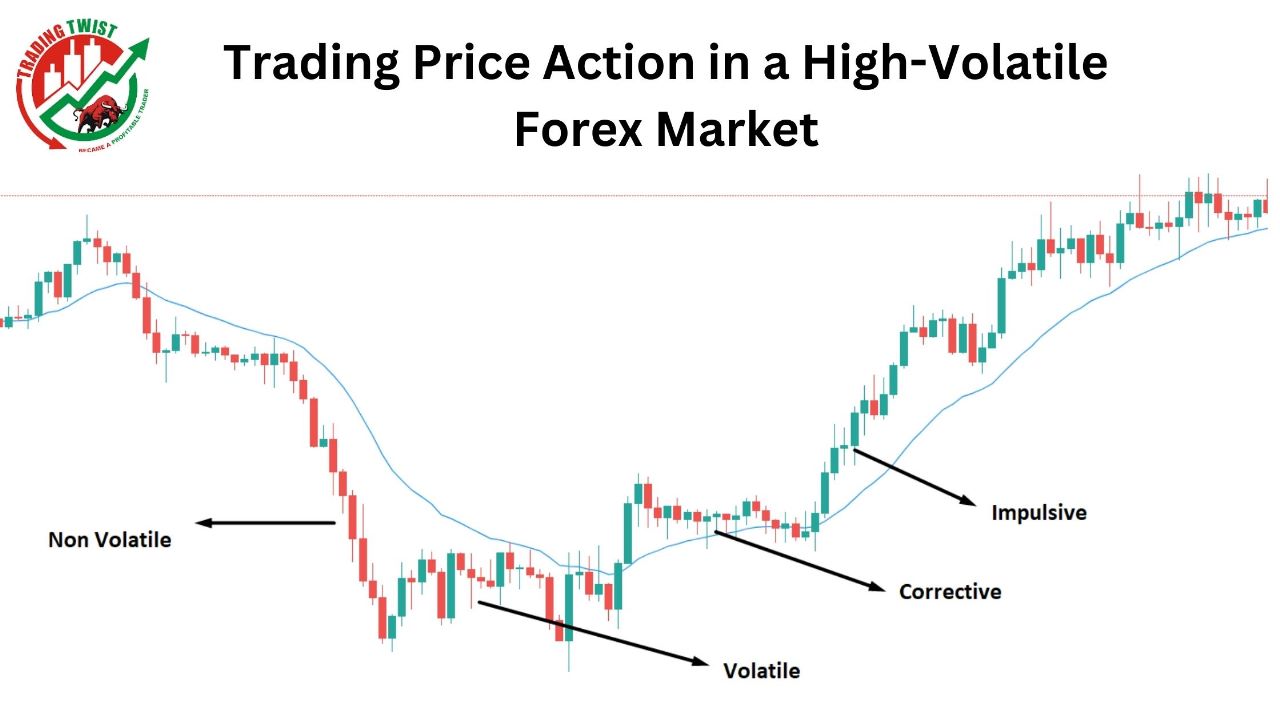
Price action is the study of how prices move in the forex market. It is based on the idea that the past behavior of prices can indicate the future direction and potential trading opportunities. Price action traders use various tools such as candlestick patterns, trend lines, support and resistance levels, and chart patterns to analyze the market and make trading decisions.
Here are some tips on how to trade price action in a highly volatile forex market:
Use multiple time frames
One of the advantages of price action trading is that it can be applied to any time frame, from minutes to months. However, in a highly volatile market, it is advisable to use multiple time frames to get a better perspective of the market structure and identify the dominant trend and key levels. For example, you can use a daily chart to determine the long-term trend and major support and resistance levels, a 4-hour chart to identify the medium-term trend and potential trade setups, and a 15-minute chart to fine-tune your entry and exit points.
Trade with the trend
The trend is your friend, especially in a highly volatile market. Trading with the trend means following the direction of the dominant market movement and avoiding countertrend trades that can expose you to unnecessary risks. To trade with the trend, you need to identify the trend direction and strength using tools such as moving averages, trend lines, or higher highs and higher lows (for an uptrend) or lower highs and lower lows (for a downtrend). You also need to look for price action signals that confirm the trend continuation or reversal, such as breakouts, pullbacks, or reversals.
Use tight stop losses and trailing stops
In a highly volatile market, prices can move quickly against your position and wipe out your profits or even trigger your stop loss. Therefore, it is important to use tight stop losses and trailing stops to protect your capital and lock in your profits. A tight stop loss means placing your stop loss close to your entry point but beyond the noise of the market. A trailing stop means moving your stop loss along with the price movement in your favor to secure your gains. You can use tools such as candlestick highs and lows, support and resistance levels, or moving averages to set your stop loss and trailing stop levels.
Be selective and patient
In a highly volatile market, there may be many price action signals that appear tempting but are actually false or unreliable. Therefore, you need to be selective and patient when choosing your trades and wait for the best opportunities that have a high probability of success. You can use filters such as trend direction, key levels, volume, or indicators to filter out low-quality signals and focus on high-quality ones. You also need to avoid overtrading and chasing the market, which can lead to emotional stress and poor decision-making.
Manage your risk and emotions
Trading in a highly volatile market can be exciting but also stressful and risky. Therefore, you need to manage your risk and emotions effectively to avoid losing money or blowing up your account. You can do this by following some basic risk management rules such as using proper position sizing, risking only a small percentage of your account per trade, diversifying your portfolio, having a trading plan, keeping a trading journal, and reviewing your performance regularly. You also need to control your emotions such as fear, greed, anger, or frustration that can cloud your judgment and interfere with your trading process.
Trading price action in a highly volatile forex market can be rewarding but also challenging. By following these tips, you can improve your chances of success and enjoy the thrill of trading in a dynamic market environment.








